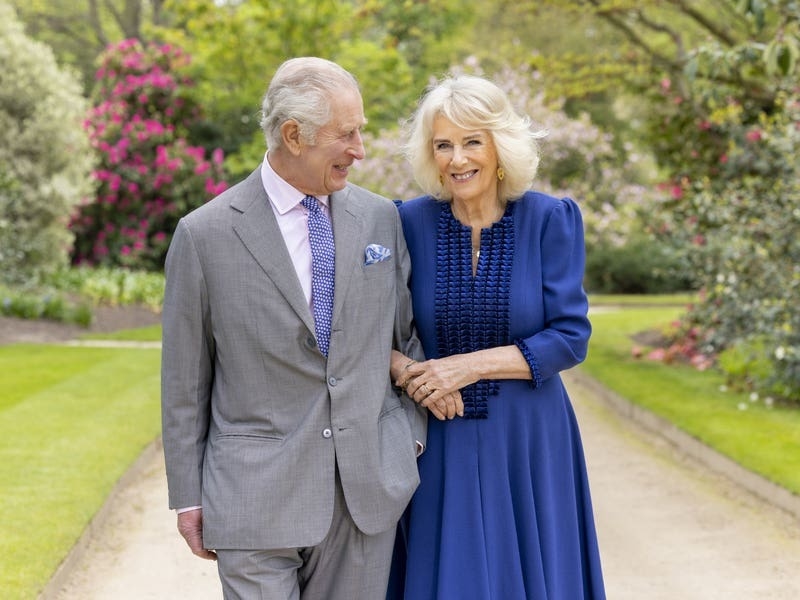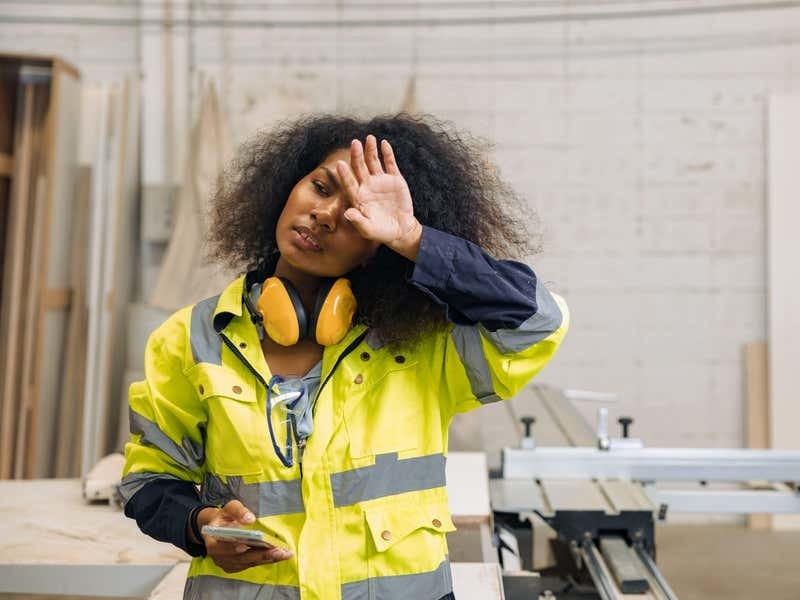The question is: Will we learn? Environment Minister John Young announced last month that air-pollution levels in Jersey had almost halved since lockdown.
Air-quality monitors around the Island had shown a 44% reduction in nitrogen dioxide (NO2) levels and a 45% reduction in nitrogen oxide (NOx) since March as Islanders worked from home, made only essential journeys, swapped four wheels for two or walked.
The story is similar around the world. Fine airborne particulate matter, known as PM10 and PM2.5, is widely regarded as the pollutant that poses the greatest threat to health of all commonly measured air pollutants. Due to their small size, PM10 and PM2.5 can penetrate deep into the lungs and blood stream, potentially causing a wide range of short- and long-term health problems.
According to the Air Quality Index, cities with historically high levels of PM2.5 witnessed a dramatic drop in pollution since enforcing lockdowns; 44% in Wuhan, 54% in Seoul and 60% in New Delhi. Other cities also recorded reductions; Mumbai 34%, Los Angeles 31%, New York 25%, Madrid 11%, and London 9%.
The World Health Organisation calculates air pollution, both indoors and outdoors, is responsible for seven million premature deaths a year, largely because of increased mortality from stroke, heart disease, chronic obstructive pulmonary disease, lung cancer and acute respiratory infections.
In its Framework For A Sustainable Transport System 2020-2030 published at the start of 2020, the Government of Jersey said: ‘The 2013 [Air Quality Monitoring in Jersey] report concluded that air quality in Jersey was generally good and that pollution levels were below thresholds of concern to human health and the environment. Nevertheless, the greatest proportion of air pollution in Jersey is from road traffic emissions, with nitrogen oxides and particulates presenting the greatest challenges to improving air quality.
‘This problem is seen most in rush-hour where there is congestion or where cars are idling, for example around schools at drop-off and pick-up times. The Sustainable Transport Policy has a key role in shaping decisions that maintain high levels of air quality in the Island by encouraging the model shift away from single occupancy cars and promoting the uptake of ultra-low emissions vehicles.’
As well as health hazards associated with air pollution, road transport is a major contributor of carbon emissions, which most people now accept as a major contributor of global warming. In Jersey, road transport accounts for around a third of the Island’s total overall emissions. Moves to cleaner, more sustainable transport are not only beneficial to health but also to the environment and climate.
While Covid-19 has taken attention away from the threat of climate change, how we recover from the pandemic could determine whether the world hits or misses the target of limiting global warming to 1.5°C to 2°C above pre-industrial levels by 2050. In Jersey, the target under debate this year is carbon neutrality by 2030.
Achieving those goals while stimulating economic growth post Covid-19 is possible, especially in Jersey, which already benefits from a low-carbon energy platform in the form of its electricity system. A low-carbon recovery could not only bring the emissions reductions needed to halt climate change but also create more jobs and economic growth than a high-carbon recovery.
A survey of top economists by leading global management consultants McKinsey showed that stimulus measures targeting good environmental outcomes could produce as much growth and create as many jobs as environmentally neutral or detrimental measures. The top 12 measures that brought both strong socioeconomic benefits and decarbonisation in the near, medium, and long terms were:
• Improve industrial energy efficiency through such means as replacing equipment and upgrading waste-heat technologies.
• Build carbon-capture-and-storage infrastructure around large industrial clusters.
• Retrofit houses to increase energy efficiency — for example, by installing heat pumps.
• Install smart-building systems, particularly in commercial property, to better manage heating, ventilation, air-conditioning, lighting, and security.
• Reinforce the electricity-distribution grid (including interconnections) to support widespread electrification.
• Expand large- and community-scale energy storage.
• Accelerate the build-out of wind and solar-power generation capacity.
• Accelerate the rollout of streetlights using light-emitting diodes (LEDs).
• Expand electric-vehicle charging networks.
• Create major bus rapid transit and urban rail projects.
• Scale up EV manufacturing.
• Develop infrastructure for active transport (such as cycling lanes).
Jersey Electricity is a committed partner in helping the Island to deliver on its own carbon ambitions. As part of our vision to ‘inspire a zero-carbon future’, we are rapidly expanding Jersey’s public EV charging network as well as helping EVie expand its charging facilities.
We have recently unveiled two new high-power, public 50kW rapid chargers (so we now have one east, west and central) and will soon have a further eight 20kW charging bays available – making a total of 49 public charging bays across Jersey, with a target of 75 by the end of 2020.
We showcase the latest low-carbon home heating and hot water solutions, including high efficiency heat pumps, in the Smarter Living area of the Powerhouse and our engineers are working every day to convert Jersey homes from fossil-fuel heating to low-carbon electric.
Although it will not further reduce the carbon content of electricity here (since it displaces imported power which is already decarbonised), we are introducing locally generated solar PV to the grid in partnership with Island businesses and farmers. We are also trialling the latest vehicle-to-grid chargers that enable electric vehicle batteries to be used as storage, and we are trialling the energy-saving Voltalis technology that interrupts supply to heating systems, saving money without diminishing comfort levels.
We will soon complete our SmartSwitch programme that will ensure every Island home is fitted with a Smart Meter – the foundation a smart grid and enabler of even more innovative low carbon energy solutions.
So, when we have removed the masks for good, how clean the air is and how hot the world will become will depend on accessing clean, low-carbon energy. Jersey has that energy in abundance – with ample supplies of low-carbon imported nuclear and hydro power now being supplemented with local solar PV generation – and so is better placed than many countries to make a good recovery on all fronts. Only when we deliver on our carbon neutral ambitions, can we all really breathe easily again.
https://www.bbc.com/future/article/20200427-how-air-pollution-exacerbates-covid-19
https://www2.iqair.com/sites/default/files/documents/REPORT-COVID-19-Impact-on-Air-Quality-in-10-Major-Cities_V5.pdf?_ga=2.243813445.1303574224.1587559320-489020689.1587559320
https://www.mckinsey.com/business-functions/sustainability/our-insights/how-a-post-pandemic-stimulus-can-both-create-jobs-and-help-the-climate#
https://www.airqualitynow.eu/pollution_home.php






